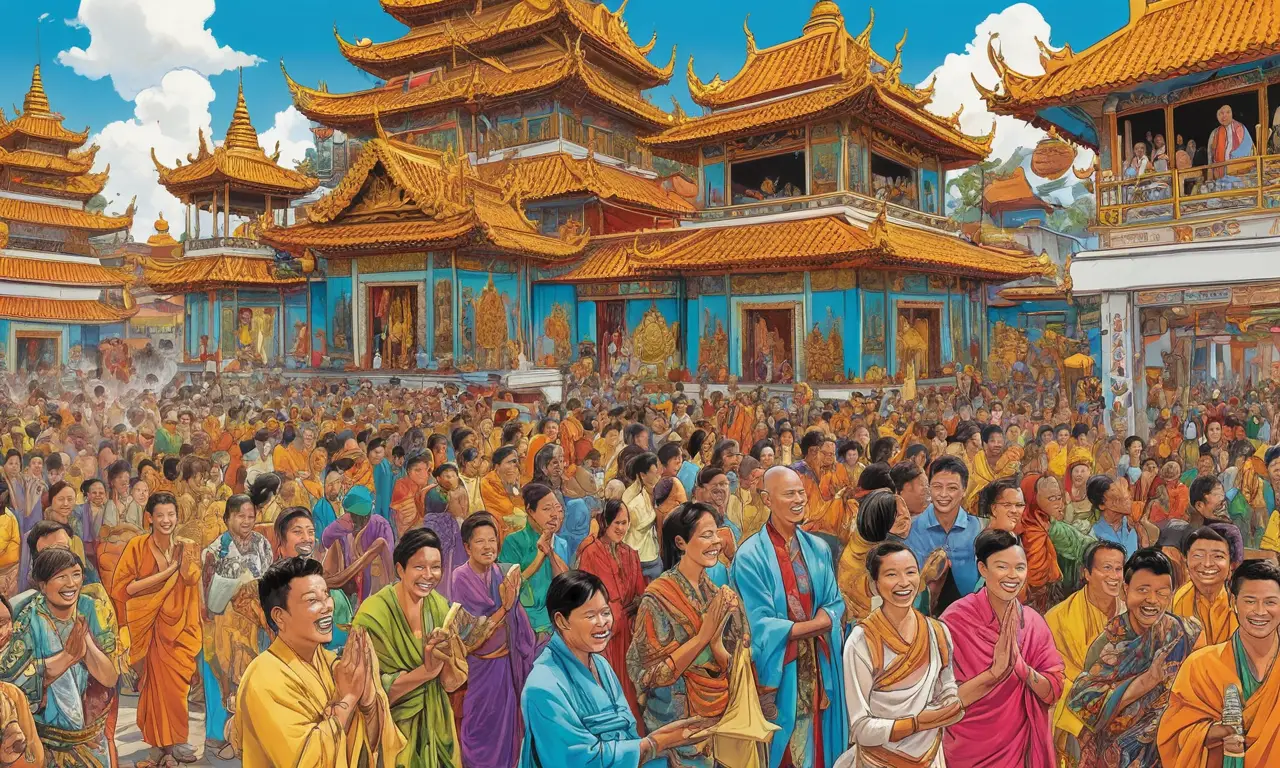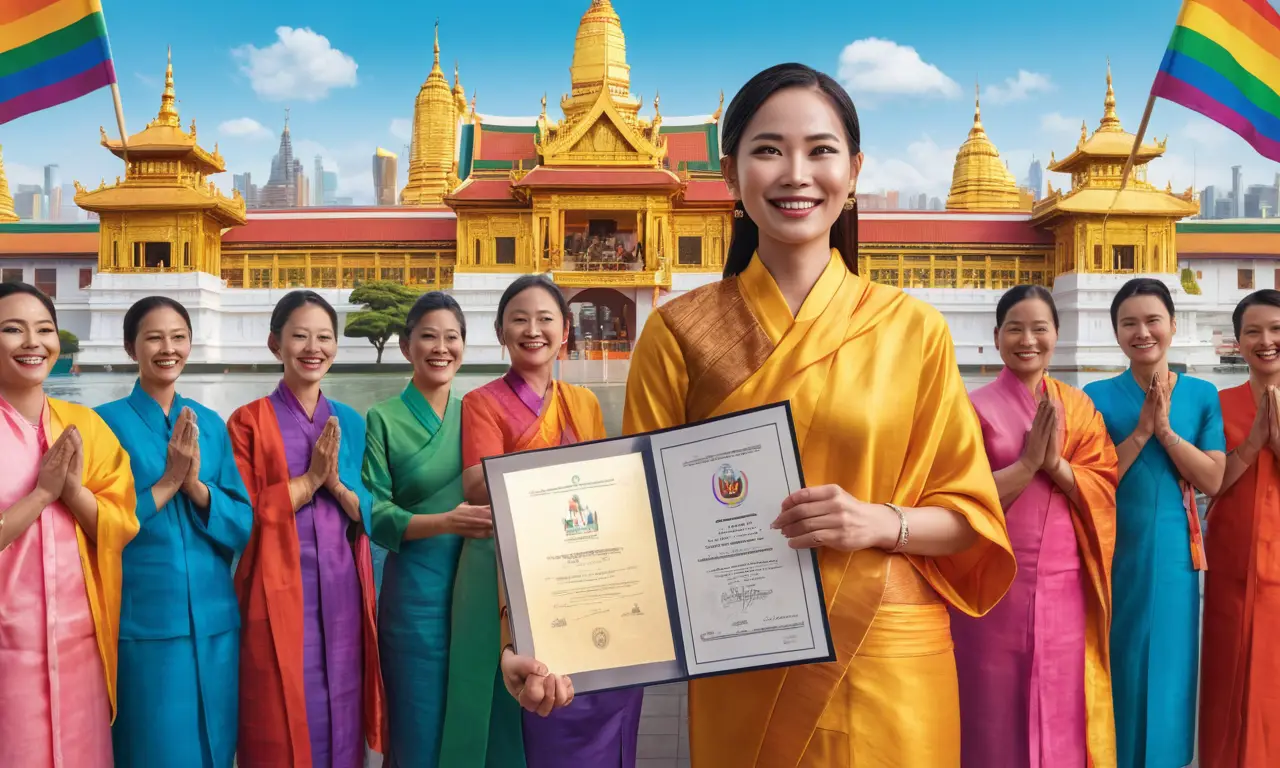
Thailand has long been known for its vibrant culture and welcoming atmosphere. One aspect that often draws attention is the presence of “ladyboys,” transgender women who are widely accepted and integrated into Thai society. This article delves into the fascinating world of ladyboys in Thailand, exploring the historical roots of their cultural acceptance, legal recognition, and prominent role in entertainment.
This exploration will encompass the historical context surrounding ladyboys in Thailand, examining how societal norms have evolved to embrace gender fluidity. We’ll also delve into the legal framework that recognizes transgender identities and discuss the significant contributions of ladyboy performers to Thai entertainment.
Thailand’s Ladyboys
Ladyboys are individuals who were assigned male at birth but identify as female. They often undergo hormone therapy and may choose to have gender-affirming surgeries. In Thailand, they are known as “kathoey,” a term that carries no negative connotations and is widely used in everyday conversation.
While the exact origins of ladyboys in Thailand remain unclear, historical records suggest their presence dates back centuries. They were often seen as spiritual beings or individuals with special abilities, holding respected positions within certain communities. Over time, societal perceptions shifted, leading to greater acceptance and integration into mainstream Thai life.
Today, ladyboys are an integral part of Thai society, participating in various aspects of daily life, including education, employment, and family structures. They contribute to the country’s rich cultural tapestry, bringing unique perspectives and experiences that enrich Thai society as a whole.
Cultural Acceptance

Thailand boasts a culture that has historically been more accepting of gender fluidity compared to many other societies. This openness stems from various factors, including traditional beliefs about reincarnation and the interconnectedness of all beings.
Thai society places a high value on respect for individuals regardless of their gender identity or expression. This acceptance is evident in everyday interactions, where ladyboys are treated with dignity and respect. They are often welcomed into social circles and participate in community events alongside cisgender individuals.
Furthermore, Thai culture emphasizes harmony and balance, which extends to the realm of gender roles. The concept of “sanuk,” meaning fun and enjoyment, encourages individuals to express themselves freely and embrace diversity. This cultural ethos contributes significantly to the widespread acceptance of ladyboys in Thailand.
Gender Fluidity in Thai Society
Thailand’s history is rich with examples of gender fluidity, evident in traditional practices and beliefs. The concept of “third genders” has been recognized for centuries, encompassing individuals who do not strictly adhere to binary male or female roles.
One notable example is the “male-female spirit,” known as “phii,” which is believed to possess both masculine and feminine qualities. These spirits are often revered and consulted for guidance in various aspects of life. This acceptance of diverse gender expressions has paved the way for greater understanding and tolerance towards ladyboys.
Legal Recognition of Transgender Identities

Thailand has made significant strides in legal recognition of transgender identities. In 2015, the country introduced a new law that allows individuals to legally change their gender on official documents without requiring surgery or medical intervention.
This landmark legislation reflects Thailand’s commitment to protecting the rights of transgender individuals and ensuring their equal access to opportunities. It also provides legal protection against discrimination based on gender identity, fostering a more inclusive society for all.
Ladyboy Performers in Entertainment
Ladyboy performers have played a significant role in Thai entertainment for decades. They are renowned for their captivating stage presence, elaborate costumes, and stunning dance routines.
From traditional performances to modern cabaret shows, ladyboys have become synonymous with Thailand’s vibrant nightlife scene. Their artistry has captivated audiences worldwide, showcasing the talent and cultural richness of Thailand.
Conclusion
Thailand’s embrace of why does thailand have ladyboys is a testament to its progressive culture and deep-rooted acceptance of gender diversity. From historical roots to legal recognition and prominent roles in entertainment, ladyboys are an integral part of Thai society. Their presence enriches the country’s cultural landscape, demonstrating the power of inclusivity and celebrating the beauty of human expression in all its forms.
